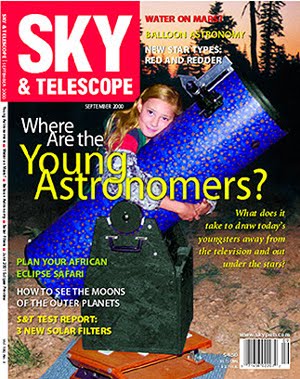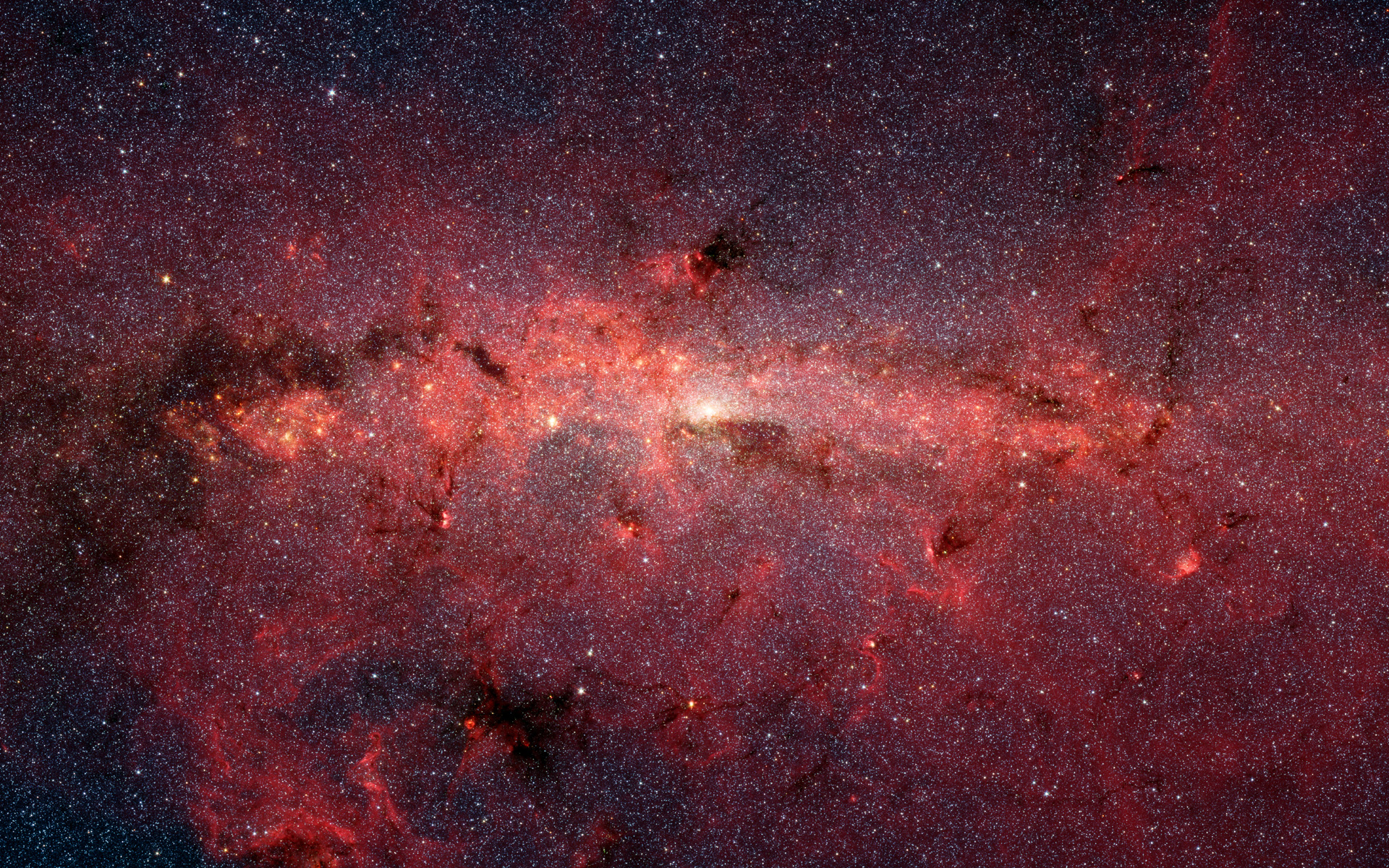I was out in my backyard last night, with my 10" f/5.6 Dob. The sky seemed bright and after some frustration trying to find some galaxies, I resigned myself to splitting doubles.
The seeing had to be outstanding. I used my Meade 7mm and 4 mm Research Grade orthos, but mostly the 7, yielding magnifications of 203X and 356X.
I revisited several doubles I had seen at Montebello Saturday night, but he seeing was obviously better last night.
I began in Bootes with Izar (36-Epsilon Bootis). This double split easily with the 7mm. Its separation is listed at 2.9", with the primary at mag 2.7 (an easy in town naked eye target), and the companion at mag 5.1. It is a true binary sitting almost 210 light years from us. Both stars looked yellow to me, but the companion seemed a bit whiter. Some references call the companion blue-green.
I next moved to three dimmer double in Bootes. Zeta Bootis was just visible at mag 3.8 (indicating how frustrating galaxies were!). It is a wider double at mag 4.8 and 6.9, true binary, 317 light years away. Note the discrepancy? The magnitude 3.8 is Vt from The Sky (Software Bisque), whereas the 4.8 is on the Bootes Astro Card.
The binary 29-Pi Bootis is closeby Zeta, and an easy split at 5.6". Both components appeared white and about a mag apart, the primary being mag 4.9 (naked eye) with its secondary at mag 5.8,
My favorite double for color was a revisit to 37-Xi Bootis. This pair, another true binary, is a close neighbor of ours at only 21 light years. It is interesting to see the difference in brightness compared to Arcturus, which is 37 light years distant. Xi shines at mag 4.8 and 6.9. It is worth regular visits due to the contrast between what I saw as the creamy yellow primary and a topaz or almost rust colored companion. This to me is a more obvious color contrast than Alberio or Gamma Andromeda. Check it out, really a nice sight. Separation is about 6.7", so not difficult at all to split.
Looking next at Virgo, I recalled Porrima to be a challenge in the past. Easily naked-eye at mag 2.75, this double is another binary relatively close at 38 light years (again, showing what a monster Arcturus must be!). Both components of Porrima are white and mag 3.6. Oddly, the Astro Card lists their separation as 5.2", but with the 7mm I could not get a split, just a hint that something was not quite "single"... In went the 4mm and I had two beautiful white stars, cleanly split. These must be about 1" separation. It is exciting to get these types of splits... seeing a single point source clearly become two. The thought of two brilliant white suns so close together made me want to again look at Gamma Leonis.
The golden twins in Leo were awesome. I never tire of looking at them. I know some people go for color, which Gamma Leonis has, but I mean color differences. Yet, there is something warm and friendly about this double. I suppose the warmth I feel is familiar, being a creature that daily is exposed to light from a local yellow star. Looking at Gamma Leonis on a warm summer night, like last night, is a wonderful experience.
I moved back to Virgo, to another naked eye double. 51-Theta Virginis sits just off-line between Spica and Porrima. This one is not a binary, but have common proper motion. The double is an easy split at 7.6", with a good difference in mag, 4.4 and 8.6, and fairly distant compared to the previous stops during the night... 415 light years. Imagine how bright these stars would be were they 10 times closer! I also enjoyed the color contrast between the two, yellow and a subtle redish.
I spent a little time looking for SS Virginis, which is described on the Astro Card as a fiery-red variable, but without a better chart, this one was too elusive. I thought I was in the right place, but nothing appeared very red.
All in all, it was just nice to be outside on such a warm night. I looked over the temps recorded by NWS for Los Gatos, we had a hih of 99 yesterday. I think it was in the 80's still when I closed up my eyepiece case at 11:15. Another note of interest was that last night was the first time I've been able to use my astro-blind (I have to get a better name for it, astro-blind sounds like something peopl in a visual hobby would run from). Although I could see a glow around the edges of the tarp (4'x15'), I no longer am looking at the direct bright light from the neighbor's kitchen window. The blind went up in about 2 minutes, and came down even faster when I was done for the night. About $25 in goodies to build it, and I again have a decent backyard form which to observe.












No comments:
Post a Comment